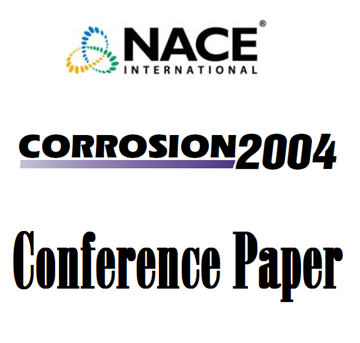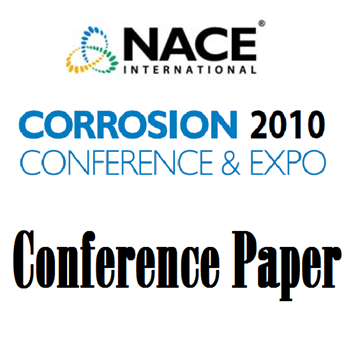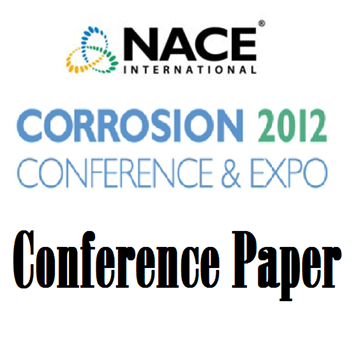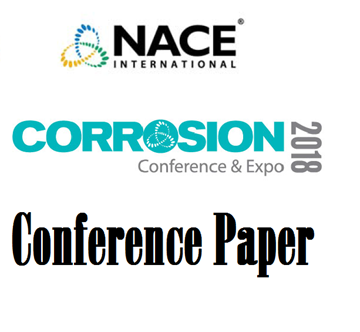Search
Products tagged with 'sulfuric acid'
View as
Sort by
Display
per page
04233 Alloy Selection for Dilute and Medium Concentration Sulfuric Acid
Product Number:
51300-04233-SG
ISBN:
04233 2004 CP
Publication Date:
2004
$20.00
10354 Case Studies of Corrosion Failures in Oil Refineries
Product Number:
51300-10354-SG
ISBN:
10354 2010 CP
Publication Date:
2010
$20.00
51312-01443-SUMMARY OF SOME NICKEL ALLOYS USED IN CHEMICAL PRODUCTION INVOLVING HYDROCHLORIC AND SULFURIC ACIDS
Product Number:
51312-01443-SG
ISBN:
01443 2012 CP
Publication Date:
2012
$20.00
51317--9542-Silicon-Based CVD Nanocoatings for Corrosion Resistance and Advanced Surface Properties
Product Number:
51317--9542-SG
ISBN:
9542 2017 CP
Publication Date:
2017
$20.00
51318-11087-Corrosion Behavior of Additively Manufactured Alloy N06210 in acidic solutions
Product Number:
51318-11087-SG
Publication Date:
2018
$20.00
51318-11329-Sensitization Study of Corrosion-Resistant Nickel-Alloys
Product Number:
51318-11329-SG
Publication Date:
2018
$20.00
A Comparative Study Of DLEPR Techniques For Cast Austenitic Stainless Steel
Product Number:
51321-16447-SG
Publication Date:
2021
$20.00
Alloy UNS N06058: A solution for demanding corrosive applications where common members of the Ni-Cr-Mo alloys experience their limits
Product Number:
51320-14557-SG
Publication Date:
2020
$20.00
Casing Corrosion in Geothermal Environments Containing Sulfuric Acid
Product Number:
51324-20932-SG
Publication Date:
2024
$40.00
Chemical Resistance Of Epoxy Coatings In High Temperature And High Pressure And Aggressive Service Conditions.
Product Number:
51322-18028-SG
Publication Date:
2022
$20.00
Corrosion Fatigue and Chloride-Induced Stress Corrosion Cracking in Sulfur Recovery Units
Product Number:
51324-20691-SG
Publication Date:
2024
$40.00
Corrosion Of Stainless Steels In Sulphuric Acid Environments: Influence Of Halide Content, Oxidizing Ions And Temperature
Product Number:
51321-16943-SG
Publication Date:
2021
$20.00











